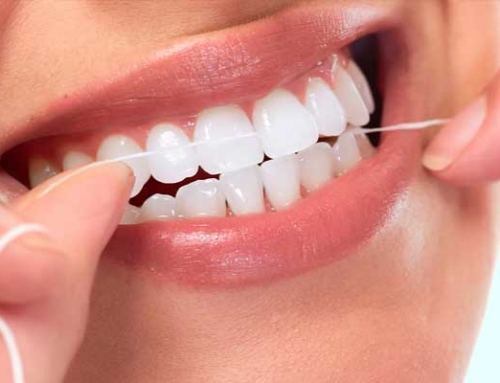Dental issues aren’t any fun to deal with, but they are important for your health. While basic cleanings and fillings might be enough for some people, there are plenty who have more serious tooth issues. This not only leads to crowns and root canals but there are also times when tooth loss might be unavoidable and in that situation there are multiple options but the permanent dental implant is often the best way to go.
So what are the permanent dental implants? What do they look like and how do they work? Read on to learn everything you want to know!
What Is an Implant?
There are temporary solutions to bad teeth but the permanent dental implant is the best long-term solution. Their estimated lifespan on the low side is 30+ years and as long as the patient takes care of them and their overall mouth health it is actually possible for these to be permanent lasting many, many decades in life with very little maintenance or need for replacement.
An implant is a false tooth that is custom made for your mouth based on your own x-rays. The tooth is made from long lasting and good looking artificial materials that can last the test of time while rooted in by a titanium screw that goes through the gums and is actually anchored into the bone of the jaw. This works great because it creates as solid an anchor as anyone could ever want and titanium is one of the rare metals that is very friendly with biological tissues. In this case, the bone of the jaw will bind to the titanium and fuse with it, locking it in as part of the jaw. This allows the sculpted tooth to be anchored good as new.
Implants can exist for individual teeth, groups of teeth, or in theory even for replacing an entire mouth with teeth over time. The gums, tongue, and teeth still need to be cared for with brushing, flossing, rinsing, all the things you do to keep your mouth as clean of germs as possible, but with even basic care and regular checkups these implants live up to the name of permanent.
Multi-Step Process
One thing to know is that many times getting one of these is a multi-step process and that is especially true if teeth have been removed for a while, resulting in the natural loss or breakdown of the jaw bone. In those situations, some bone grafts might be necessary to make sure there’s enough bone in the jaw to create a solid anchor point for the titanium screws.
Many times the screw is put in and needs to be monitored over a week or two to make sure it takes. While the success rate is well over 95% for each implant, sometimes one might have a hard time taking and a different strategy will be required at that point. Once the screws are in place and anchored, the customized teeth can be put in.
In Conclusion
It is absolutely amazing option when it comes to long-term dental health. If you have any missing teeth, or have injured tooth that will need to be replaced then it’s worth having a look.





